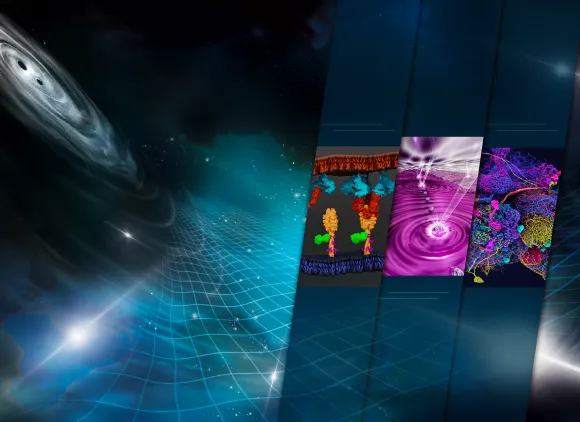The NSF Physics Frontiers Centers
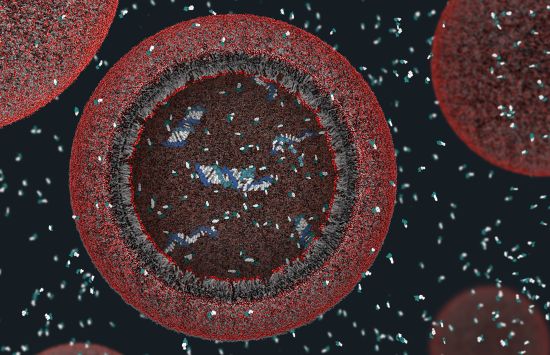
Center for Living Systems (CLS)
Led by The University of Chicago, CLS is advancing a new field of science focused on understanding how matter can store and retrieve information, as living things do with memories. Focus areas include:
- The physical origins of biological mechanisms that allow evolutionary adaptation.
- The adaptability of the physical and chemical functions that govern the shape and motion of cells, tissues and organs.
- How physiology is controlled by information processing in living things.
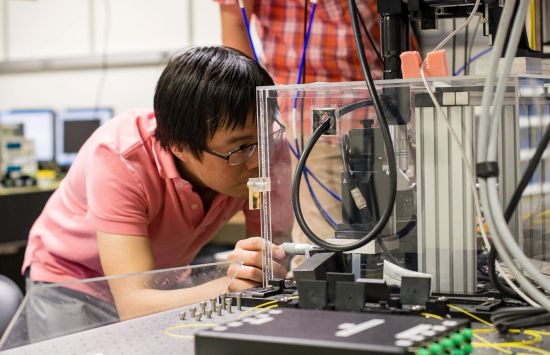
Institute for Quantum Information and Matter (IQIM)
Led by the California Institute of Technology, IQIM is combining and advancing multiple fields of physics involving atoms and molecules through new developments from quantum information theory. Focus areas include:
- Quantum information physics to create new algorithms useful for quantum computing, cryptography and other applications.
- New methods for measurement and sensing using quantum properties of matter.
- Building new and exotic types of quantum materials with unusual properties.

JILA Physics Frontiers Center (JILA)
Led by the University of Colorado Boulder, JILA is advancing control over light-matter interactions to explore quantum systems of increasing size and complexity. Focus areas include:
- Designing and controlling quantum systems comprising many interacting particles.
- Developing novel light sources that can precisely control the properties of such exotic quantum systems.
- Finding new ways to engineer the quantum states of increasingly complex molecules to create new forms of matter with useful applications.
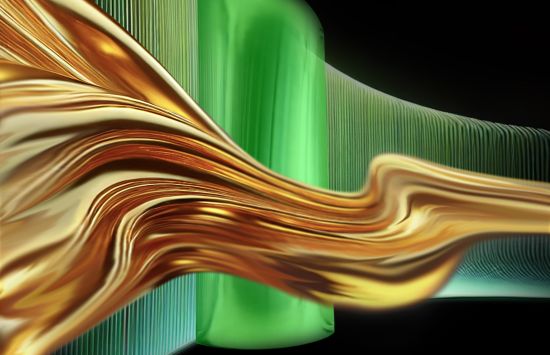
Center for Ultra Cold Atoms (CUA)
Led by the Massachusetts Institute of Technology, CUA is enabling greater control and programmability of quantum-entangled systems of low-temperature atoms and molecules. Focus areas include:
- Quantum gases of atoms and molecules.
- Arrays of exotic atoms in Rydberg states containing a single, highly excited electron.
- Atom-like impurities in semiconductors.

Center for Matter at Atomic Pressures (CMAP)
Led by the University of Rochester, CMAP is working to understand the physical and astrophysical implications of matter under pressures so high that the structure of individual atoms is disrupted. Focus areas include:
- Matter under pressure in the interiors of exoplanets.
- How atomic structure is altered when under extreme conditions.
- Generating insights relevant for predicting exoplanet formation, evolution and atmosphere formation.

Center for Theoretical Biological Physics (CTBP)
Led by Rice University, CTBP uses methods and techniques from theoretical physics to understand complex living systems and behavior on the cellular and multicellular levels. Focus areas include:
- Forces and interactions between DNA, RNA and proteins.
- How cellular processes lead to higher-level functional behavior.
- Biophysical processes such as metabolism and genome folding.
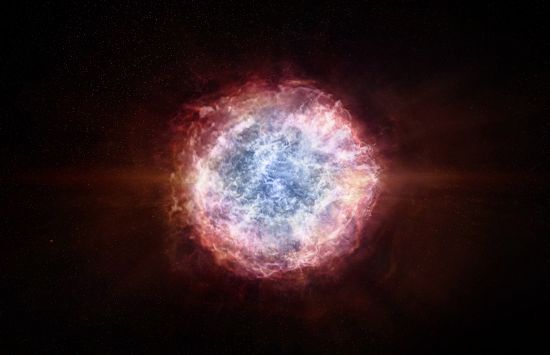
Network for Neutrinos, Nuclear Astrophysics and Symmetries (N3AS)
Led by the University of California Berkeley, N3AS explores the physics of extreme astrophysical environments by combining knowledge of the underlying nuclear and neutrino physics at small scales. Focus areas include:
- Physical properties of neutrinos that are beyond the standard model of physics.
- The nature and influence of dark matter.
- Ultra-dense neutrino environments, such as in the cores of supernovae.
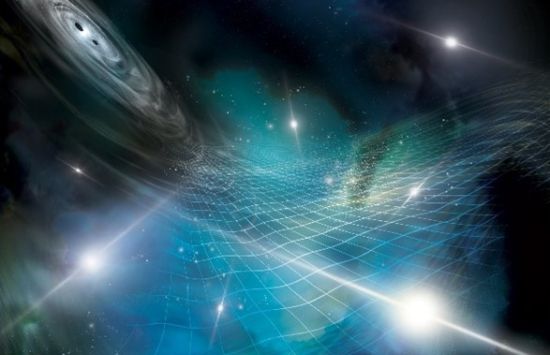
North American Nanohertz Observatory for Gravitational Waves (NANOGrav)
Led by Oregon State University, NANOGrav detects and studies gravitational waves — invisible ripples in space-time — by observing an array of ultra-precise millisecond pulsars with radio telescopes. Focus areas include:
- Revealing unique insights into how galaxies have grown over cosmic time.
- Combining gravitational wave and electromagnetic astronomy to understand black holes and other astrophysical phenomena.
- Using radio astronomy to probe processes which are invisible to optical telescopes.
Gravitational Waves: A Cosmic Symphony
In 2023, the first evidence of the gravitational wave background was published by NANOGrav, an NSF Physics Frontiers Center. They analyzed apparent variations in the radio signals of Milky Way pulsars, revealing the influence of low-frequency gravitational waves distorting the fabric of physical reality known as spacetime.


